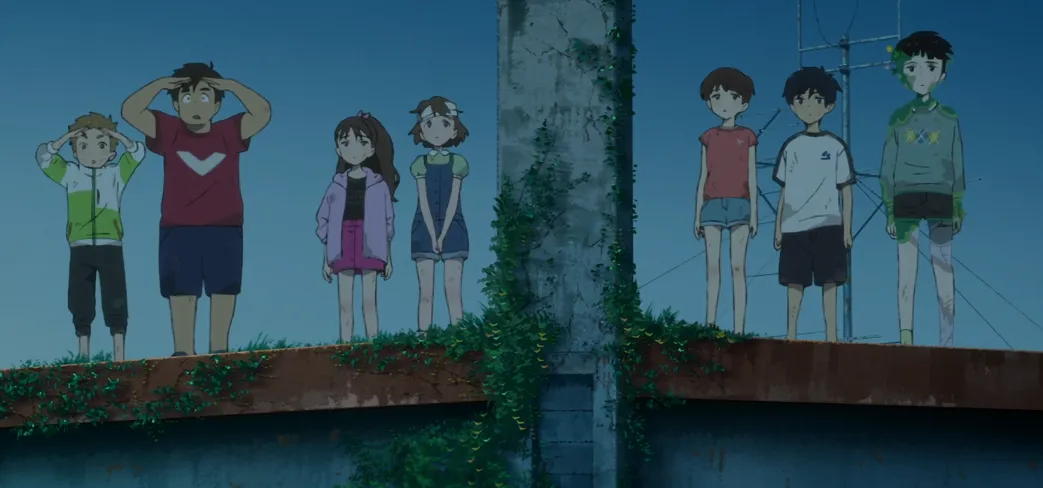Table of Contents
- Understanding the Sociology of Childhood
- The Social Construction of Childhood in ‘Drifting Home’
- Friendship and Peer Culture
- Childhood and Space
- Emotional and Psychological Development
- The Role of Adults
- The Sociology of Memory
- Symbolic Interactionism and Noppo
- Conclusion
“Drifting Home” (雨を告げる漂流団地, Ame wo Tsugeru Hyōryū Danchi) is an animated film produced by Studio Colorido and directed by Hiroyasu Ishida. This film portrays a group of children who find themselves stranded on a drifting apartment complex in the middle of the ocean, encapsulating their journey of survival, friendship, and self-discovery. Using the sociology of childhood as a framework, this analysis delves into the representation of childhood, the social constructs at play, and the developmental dynamics exhibited in the film.
Understanding the Sociology of Childhood
The sociology of childhood is a sub-discipline that examines children and childhood as social phenomena. It challenges traditional views that see childhood merely as a stage of biological and psychological development, instead emphasizing how childhood is constructed through social, cultural, and economic factors. This perspective acknowledges children as active agents in their social worlds, capable of influencing and being influenced by their environments.
The Social Construction of Childhood in ‘Drifting Home’
Childhood as a Social Construct
“Drifting Home” reflects the idea that childhood is not a universal experience but is shaped by cultural and societal contexts. The film showcases children from different backgrounds, highlighting how their interactions and relationships are influenced by their social environments. The characters’ experiences are shaped by their shared history within the apartment complex, a microcosm of their broader societal context.
Agency and Autonomy
One of the central themes in “Drifting Home” is the agency of children. The protagonists, Kosuke and Natsume, along with their friends, exhibit a significant degree of autonomy in their efforts to survive and return home. This autonomy is indicative of the modern understanding of children as active participants in their own lives, capable of making decisions and taking actions that affect their circumstances.
The children’s resourcefulness and problem-solving abilities are critical to their survival. For instance, their efforts to secure food and water and their strategies to navigate the drifting building highlight their capability to adapt and innovate under pressure. This portrayal challenges traditional views that often underestimate children’s competencies and resilience.
Friendship and Peer Culture
The Role of Peer Relationships
Peer relationships play a pivotal role in the lives of the children in “Drifting Home.” The film illustrates how these relationships provide emotional support, a sense of belonging, and a platform for social learning. The bond between Kosuke and Natsume, despite its initial strain, becomes a central narrative device that drives the story forward.
Through their interactions, the children develop a shared culture, complete with its own norms, values, and practices. This peer culture is evident in their collective decision-making processes and the ways they negotiate conflicts and cooperation. The sociology of childhood emphasizes the importance of peer culture in shaping children’s identities and social skills.
Conflict and Reconciliation
The film also explores themes of conflict and reconciliation within peer relationships. The initial tension between Kosuke and Natsume, rooted in past grievances, mirrors common social dynamics among children. Their eventual reconciliation signifies the resolution of these conflicts through understanding and empathy, highlighting the social processes involved in maintaining friendships.
Childhood and Space
The Significance of the Apartment Complex
Get the full article AD FREE. Join now for full access to all premium articles.
View Plans & Subscribe Already a member? Log in.





